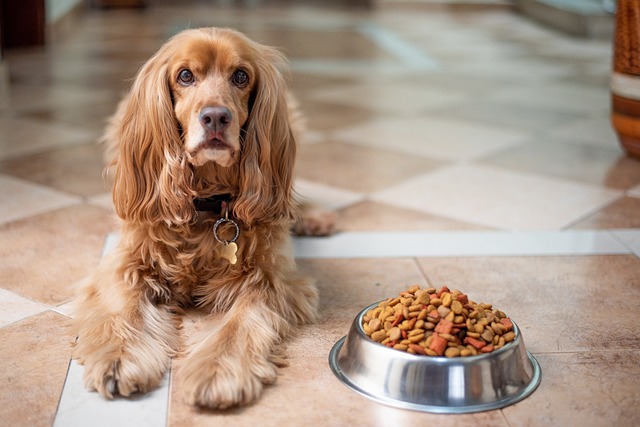
If you’re a dog owner, you likely know that establishing a consistent feeding schedule is an important part of keeping your pup healthy and happy. A regular feeding schedule can help regulate your dog’s digestive system, prevent overeating or underfeeding, and promote good behavior.
So, what’s the ideal dog feeding schedule? It can depend on a few factors, such as your dog’s age, breed, activity level, and overall health. As a general rule of thumb, adult dogs should be fed twice a day, while puppies may need to be fed three to four times a day.
Here are some tips for establishing a feeding schedule:
- Choose a consistent time for each meal. Dogs thrive on routine, so try to feed your pup at the same time each day. This will help regulate their metabolism and prevent them from begging for food at odd hours.
- Measure out portions. To prevent overeating or underfeeding, it’s important to measure out your dog’s food portions. The amount of food your dog needs can vary depending on their size, breed, and activity level. Consult with your vet to determine how much food is right for your dog, and use a measuring cup to ensure accuracy.
- Don’t leave food out all day. While it may seem convenient to leave a bowl of food out for your dog to graze on throughout the day, this can lead to overeating and obesity. Instead, offer your dog meals at set times, and remove any uneaten food after 20-30 minutes.
- Consider your dog’s activity level. If your dog is highly active, they may need more frequent meals or larger portions to fuel their energy needs. Conversely, if your dog is less active or older, they may need smaller, more frequent meals to avoid digestive issues.
- Be consistent. Once you’ve established a feeding schedule that works for your dog, stick to it as closely as possible. Dogs thrive on routine, and consistency can help prevent behavioral issues like begging, food guarding, or anxiety.
In summary, establishing a consistent feeding schedule is an important part of keeping your dog healthy and happy. Consult with your vet to determine how much food is right for your dog, and choose a consistent time for each meal. Measure out portions, avoid leaving food out all day, and consider your dog’s activity level when deciding on meal frequency and portion size. With a little effort and consistency, you can create a feeding schedule that works for both you and your furry friend.




